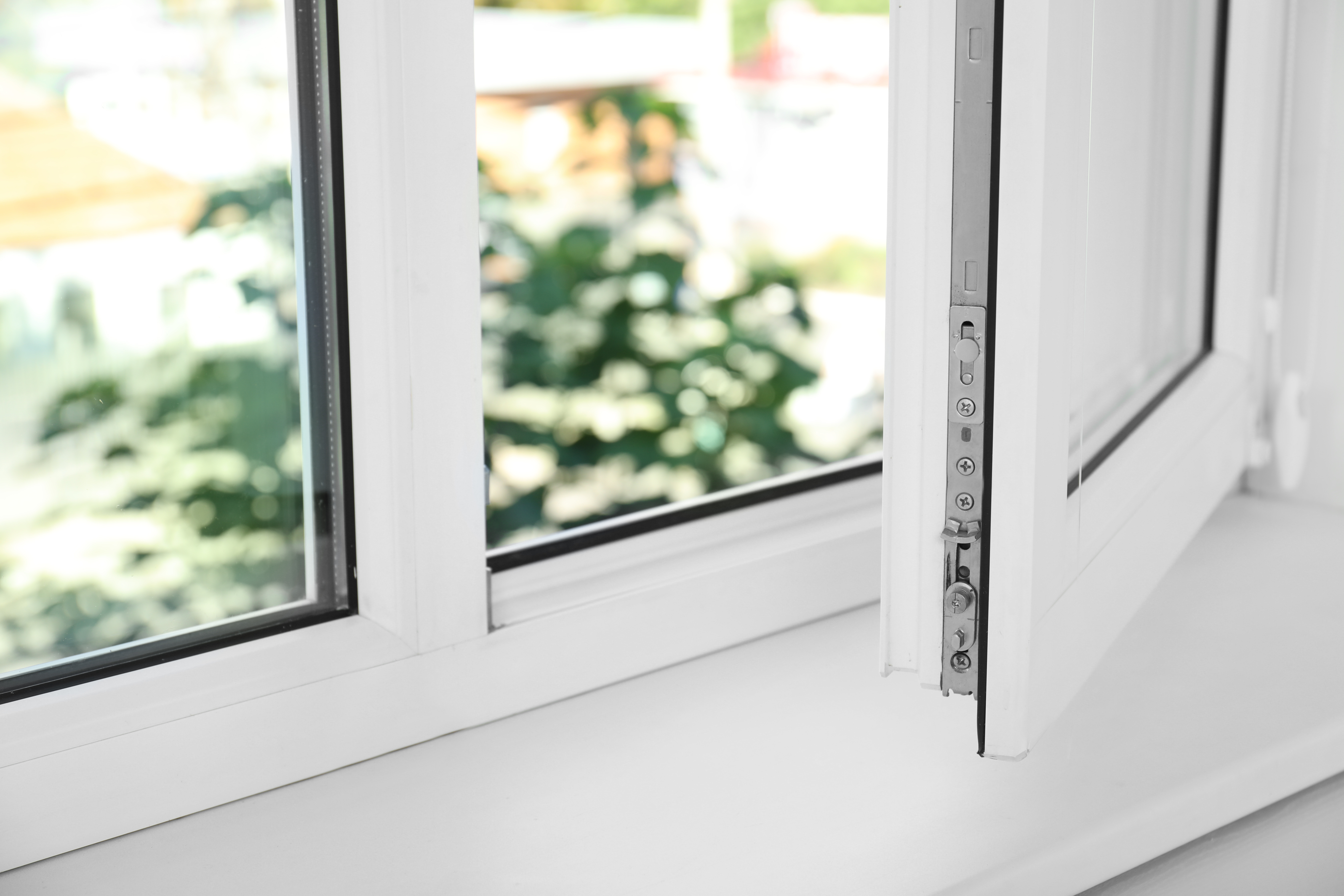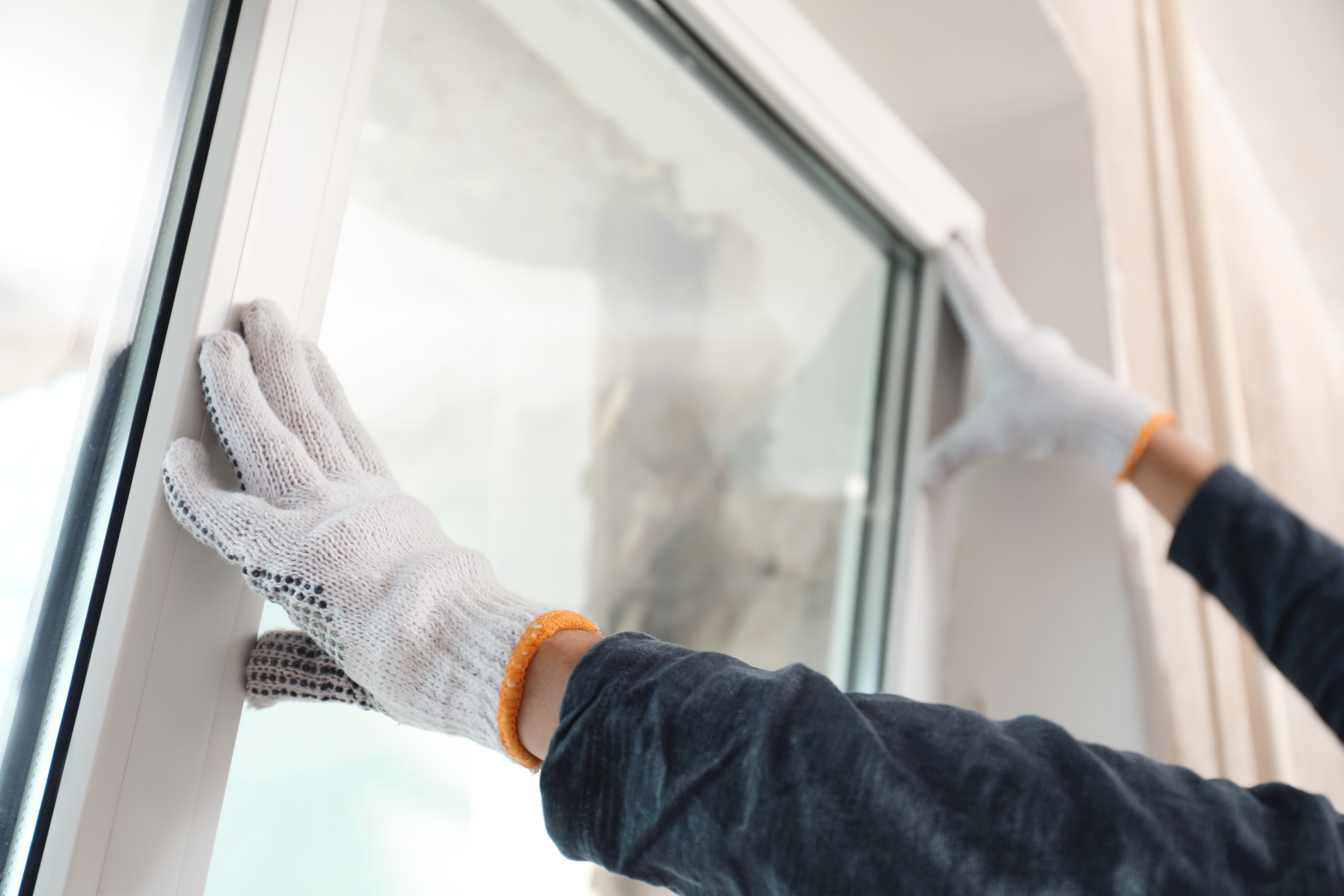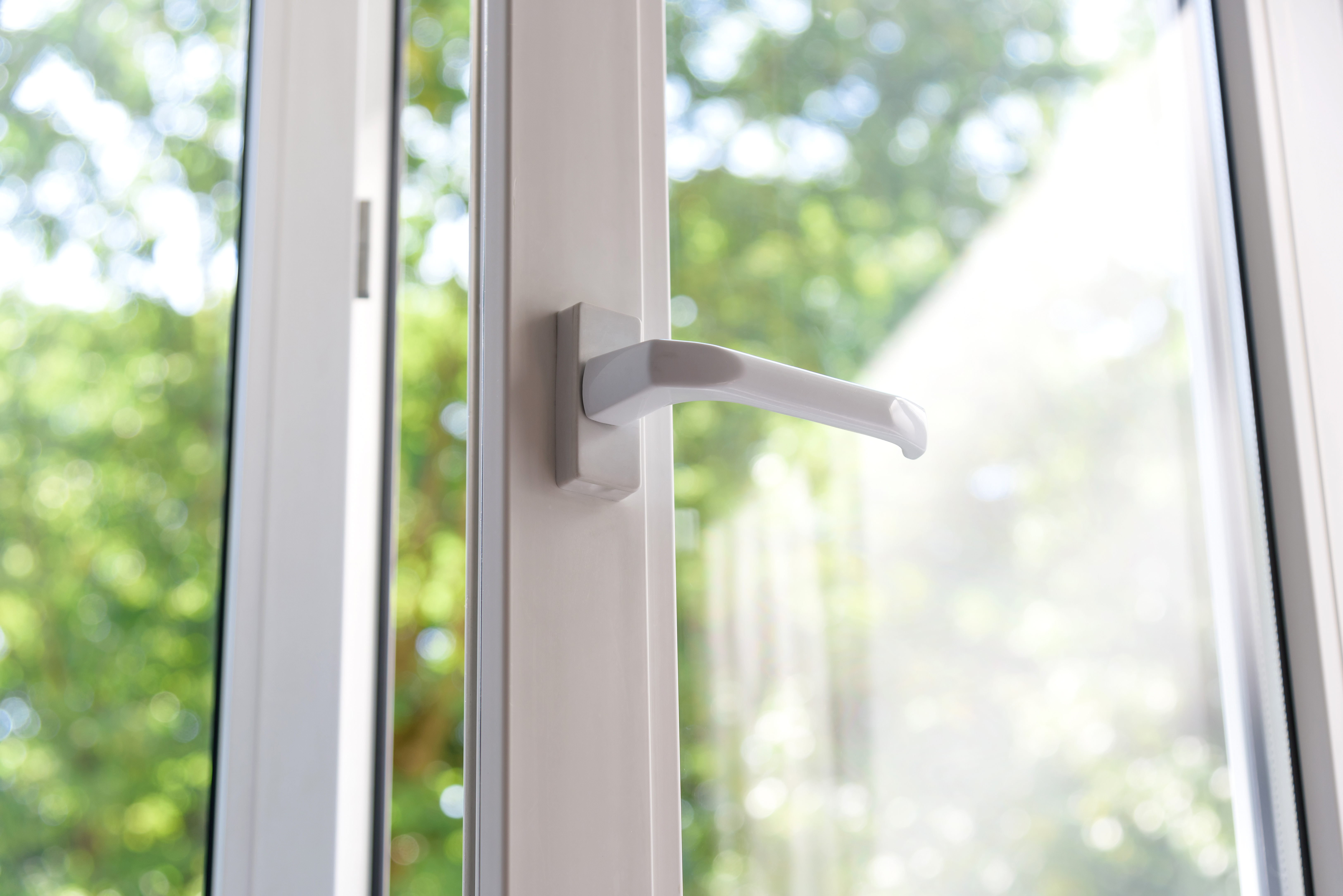Vinyl vs. fiberglass windows – the pros and cons according to experts
The pros and cons of vinyl vs. fiberglass windows. From costs to looks, energy efficiency and more.


When you're choosing windows for a reno or if you're replacing old wood windows in your home, there are lots of different areas to consider. From the types of windows you choose to the material you buy yours in. Wood windows used to be the go-to, but now it's all about vinyl vs fiberglass as these variations have become increasingly popular in recent years due to their more accessible price points, different levels of durability and even potential to add value to your home... So which should you pick and why?
With pros and cons to both vinyl and fiberglass windows, it's key to know the main differences so that you choose the best material for your home accordingly.
Ben Neely, President of Riverbend Homes says 'I like to tell clients your home is only as energy efficient as your windows. The window market has really evolved over the years, but the 2 most popular types of windows still are Fiberglass and Vinyl. As a rule of thumb, fiberglass windows are generally superior in most categories, they allow for thinner frames, they’re more energy efficient, more color options, and are rated to last longer than most other types of windows, but that all comes at a premium.'
Are fiberglass windows better than vinyl?
The dividing factors between fiberglass and vinyl windows are mainly cost and resilience – both of which are important when replacing any window. Vinyl is appealing due to its low cost (usually 30% less) whereas fiberglass can be up to 8x stronger, meaning it will last longer. The down side of a lower cost means that some worry about vinyl windows looking cheap. However, this comes with the benefit of easy installation and no need to paint.
Aaron Donovan of AD Services says ‘Fiberglass and Vinyl windows have become increasingly popular in recent years, more so fiberglass, which has really exploded in popularity since the early 2000s. Vinyl is the cheaper option, generally by about 10-30% - this includes both purchasing the window and installation costs. This is also a far easier DIY Install option if you’re that way inclined. Fiberglass is more tricky to install mainly because the material is so tough and rigid. When it comes to Fiberglass windows, you’re going to definitely need a professional to install them as if you don’t use the right techniques and methods you’ve inevitably going to ruin the product.'

Vinyl windows: pros and cons
Michael Dean, founder of Pool Research says 'Vinyl windows have been around for over 50 years because they're cost-effective, easy to manufacture, and you don't need to paint them; however, they're not as durable and not as visually appealing. Vinyl installation is usually fairly cheap, only about $750, which is why most people chose them. You also don't need to paint them, but if you want to paint them, it's not recommended since they don't hold paint well. They're not as durable as fiberglass and are more likely to fracture.'
Donovan adds, 'If you’re concerned about heating & cooling costs, vinyl windows can be appealing as they are constructed with hollow cavities, these cavities can they be filled with insulation. They also never need to be re-painted or touched up, however this can be both a pro or a con depending on what way you view it, pro if you are happy with the colour you selected day one, con if you are the type of homeowner who tends to re-paint the property.'
Get small space home decor ideas, celeb inspiration, DIY tips and more, straight to your inbox!

Fibreglass windows: pros and cons
Fibreglass came into the spotlight a little more in the 2000s as vinyl's more resilient and often better looking rival. Dean says 'Fiberglass is durable, visually appealing, and comes in a wide variety of colors, but it's expensive and difficult to put in yourself. Fiberglass is made by using glass and insulation pieces and infusing them with resin, making them extremely hardy. Fiberglass has become more popular because it's available in a wide variety of colors, and it fits in easily to any decor. However, it's usually expensive, and the cost of installation only increases that price, costing as much as $1,500. You need to know exact measurements, and many professionals have techniques to put it in that many homeowners simply don't have.'
Vinyl vs. fiberglass windows – cost
It's clear that in terms of costs, fiberglass is the more expensive option compared to vinyl. But, you will be paying for better quality usually.
Adam Graham from Fixr.com says, 'In general, fiberglass windows cost more than vinyl. The cost range on average for vinyl windows is $100 - $4,500, whereas the range of types of windows made of fiberglass carry a higher average cost of $200 - $2,500.' Says Graham.
So it depends on the job, if you're replacing just one window that's in a low visibility part of your home – that's perhaps rented – (ie. looks/durability may not be so important) vinyl might be for you. Whereas if you're investing in new windows for a complete reno, fiberglass will be more pricey in the first instance but then perhaps worth it in the long-run if it's your forever home. Neely adds, 'We priced upgrading a home's vinyl window package to fiberglass and the costs came in over 40% higher!.'

Vinyl vs. fiberglass windows – looks
You'll find that vinyl window frames are a little more standard looking and have a visible join line. Sadly for DIY enthusiasts, it's not possible to paint windows that are made from vinyl so you are restricted to the colors and finishes on the market – which is thankfully fairly vast due to their popularity.
Fiberglass also comes in a variety of colors and finishes. It can also be painted which gives you more freedom but also more maintenance compared to vinyl windows where the color won't fade or peel overtime.
'While both materials look similar from a distance, and both can be quite attractive, fiberglass offers more variety in terms of window appearance. Fiberglass frames tend to be slightly thinner than vinyl, leaving more glass exposed—desirable when you want to let as much natural light into a room as possible. And while both materials come in a wide range of colors, fiberglass is paintable and vinyl is not. Finally, fiberglass can be textured to look like real wood, whereas vinyl is generally smooth.' Says Ken Fisk, Director of Technical Services at Window Genie.
Vinyl vs. fiberglass windows – durability
This is an important factor to consider, especially if you're replacing more than one window at a time. How long your windows last can also depend on the climate and area that you live in and, on how good you are at staying on top of maintenance.
'Both vinyl and fiberglass tend to outlast wood, as they don’t rot or decay from moisture or insect damage, but fiberglass is the most durable. A high-quality vinyl window will last up to 30 years, but fiberglass has been known to last much longer – up to 50 years. What makes fiberglass superior to vinyl is that it resists warping and cracking even under prolonged weather and temperature extremes. Since vinyl expands and contracts with seasonal temperatures, the seal between the window frame and glass pane can break, damaging the insulation factor of the window.' Says Fisk.
Vinyl vs. fiberglass windows – energy efficiency
Fiberglass reigns supreme in contrast with vinyl in terms of energy efficiency. 'When it comes to energy efficiency, fiberglass is by far a better option. The added glass fibers will ensure better insulation than vinyl, meaning it won’t conduct heat or cold. In fact, fiberglass is up to 15% more effective than vinyl for insulating.' Say Graham.
There is lots to weigh up but, the determining factor will be down to your priorities, preferences and most likely – budget.

I'm Cam, the former deputy editor of Real Homes who worked on the site from 2020 to 2023. As a renter myself, sharing a home with two friends (and my cat) in London, I know all too well the challenges that this can pose when it comes to creating your perfect setup. As someone who has always loved everything interior design-related, I cannot rest until a home feels right and I am really passionate about helping others get there too, no matter what their living situation, style, or budget may be. It’s not always the easiest to figure out, but the journey is fun and the results are so worth it.
After interior design, travel, art, and photography are my next big passions. When I’m not writing or editing homes content, I’m usually tapping into other creative outlets, exploring galleries in London or further afield, taking photos, scribbling, or drawing!